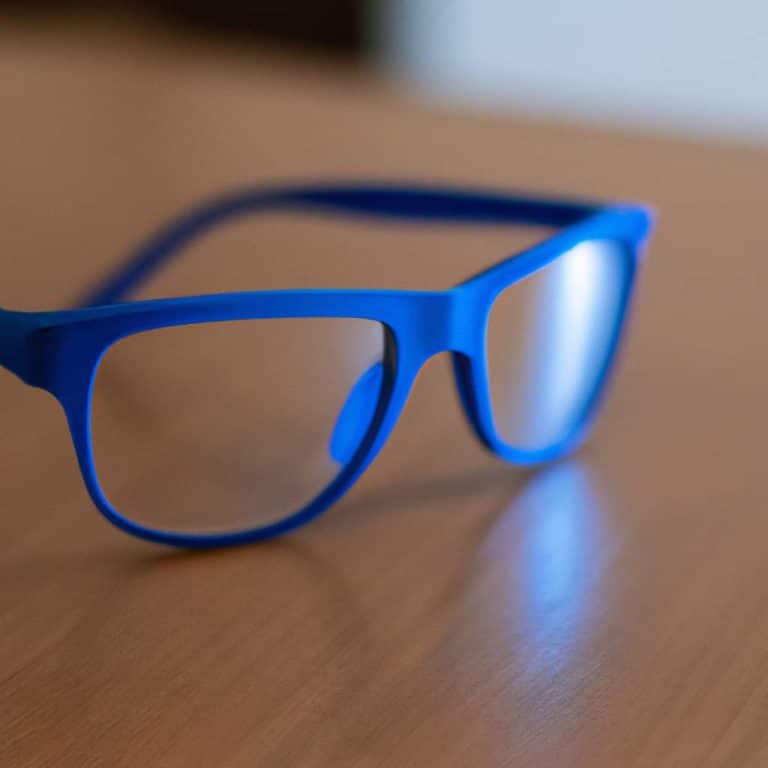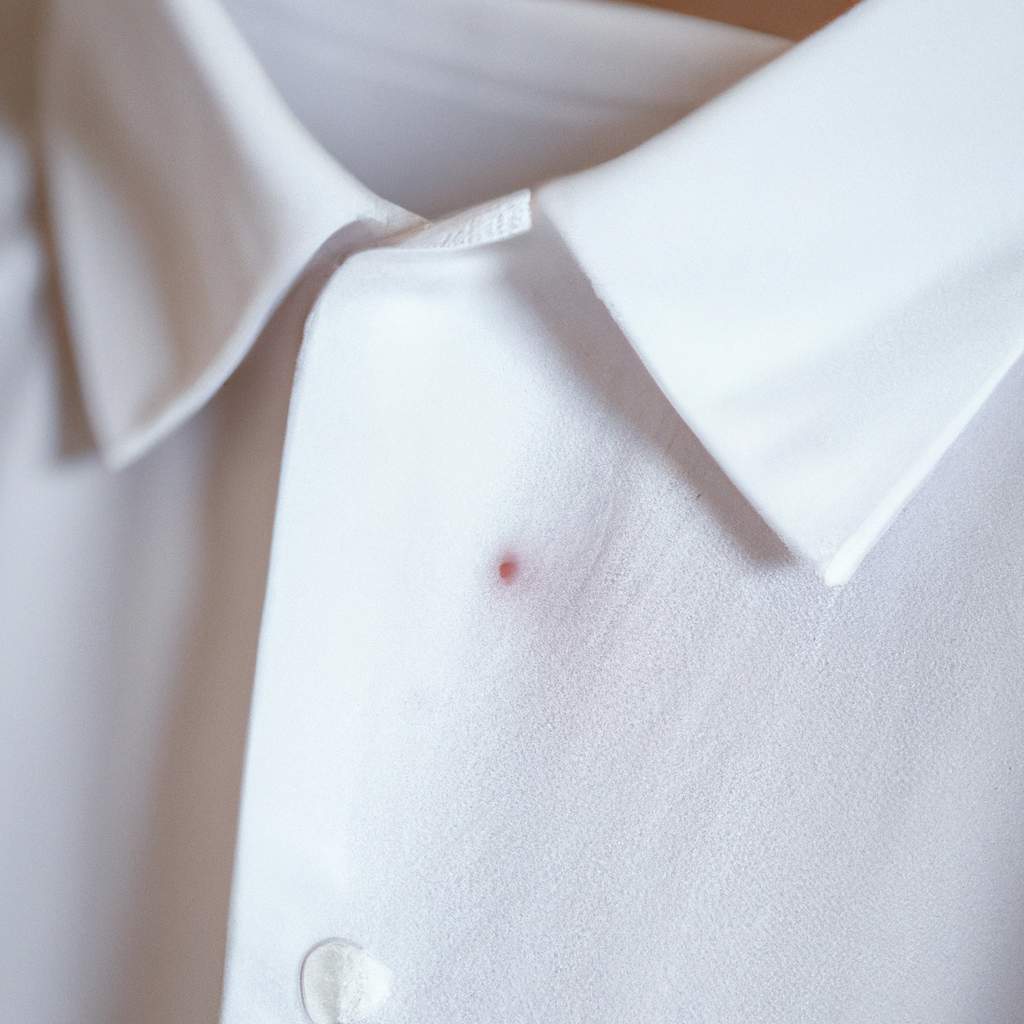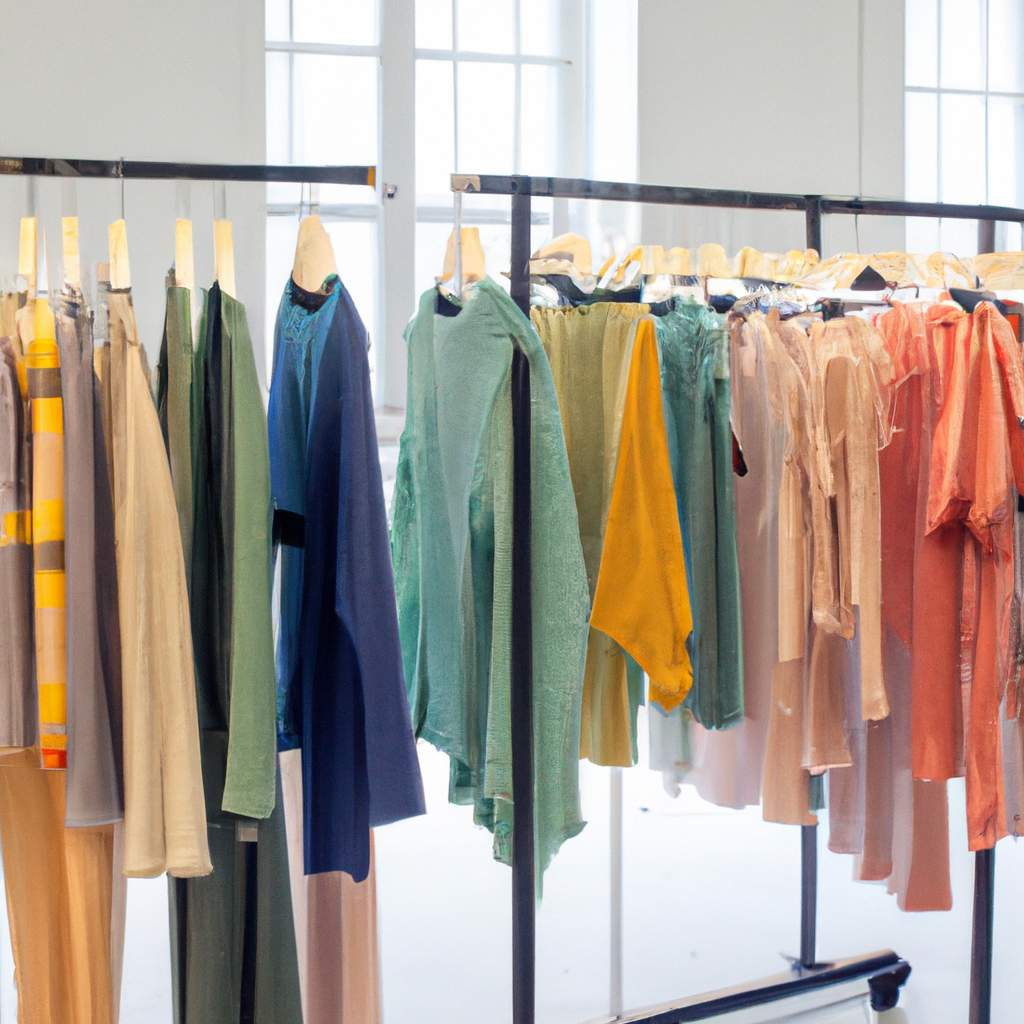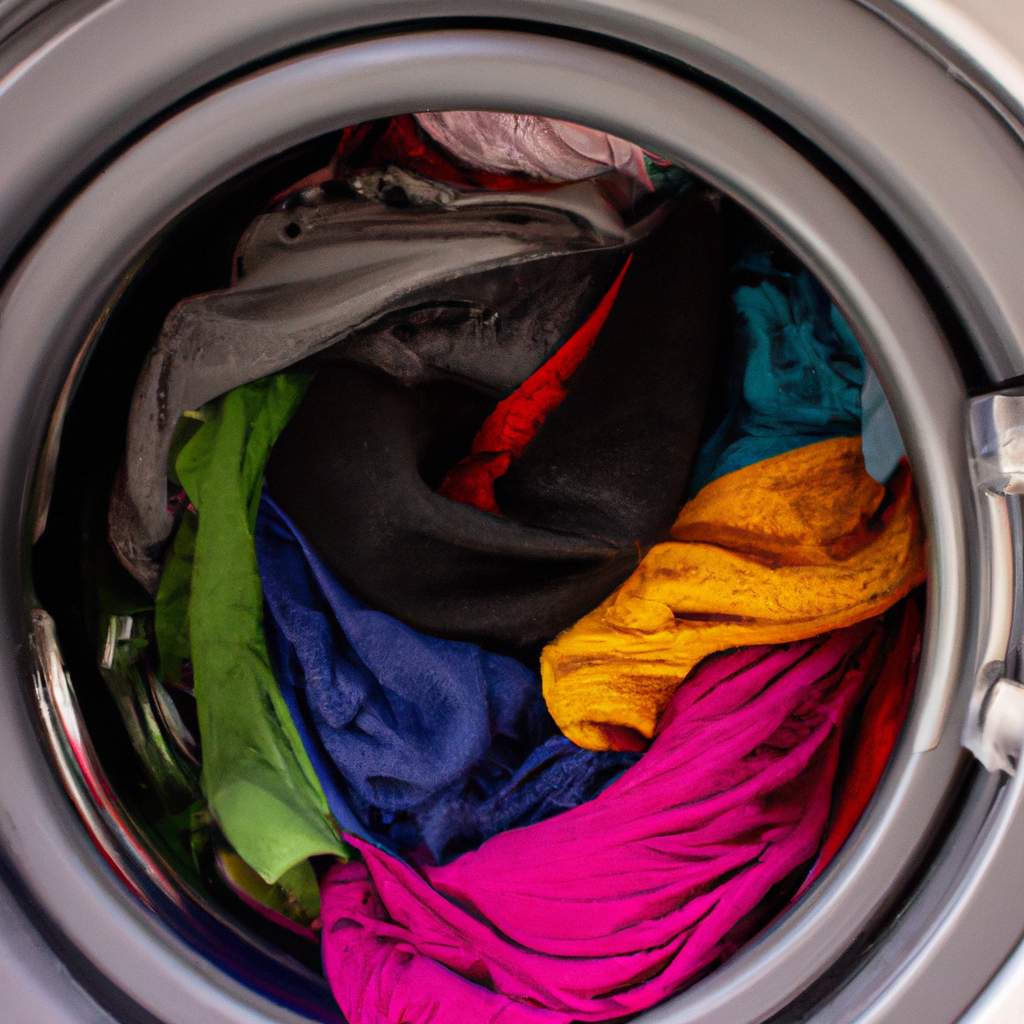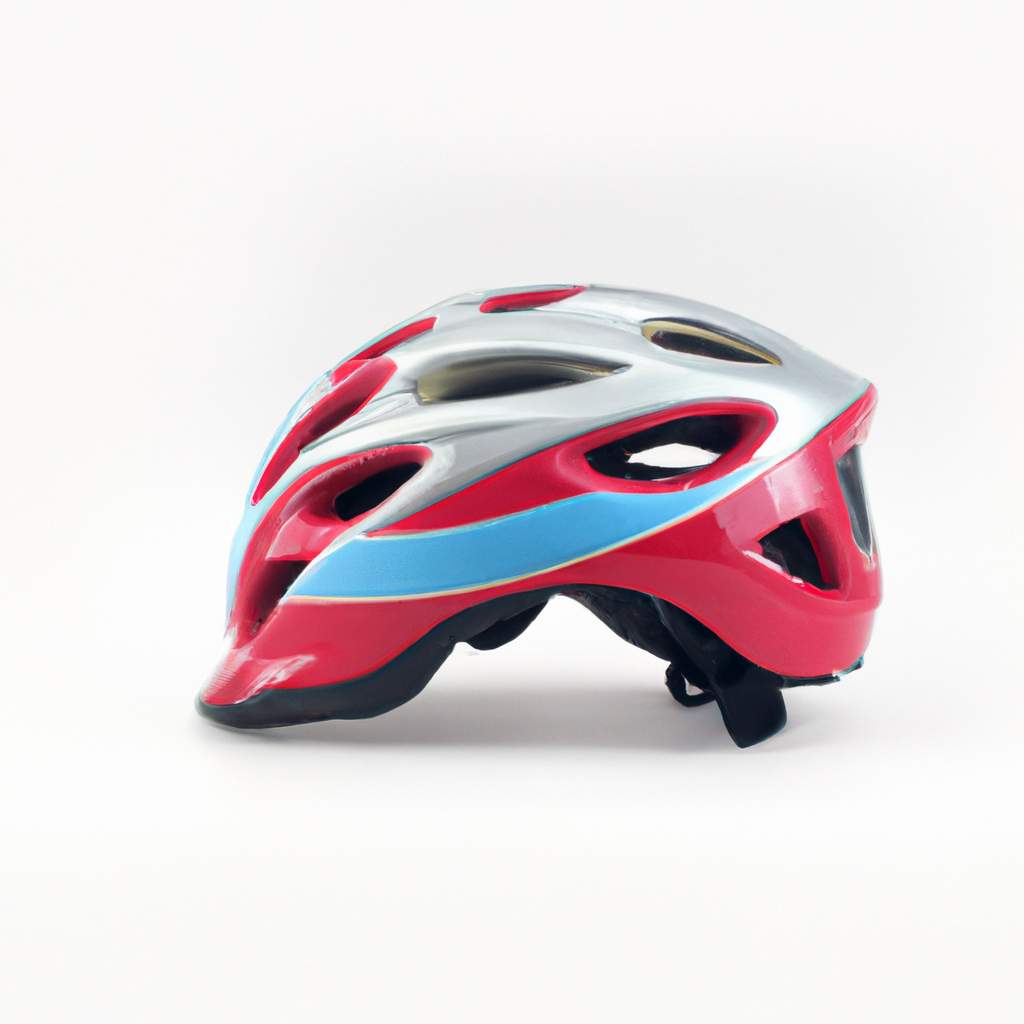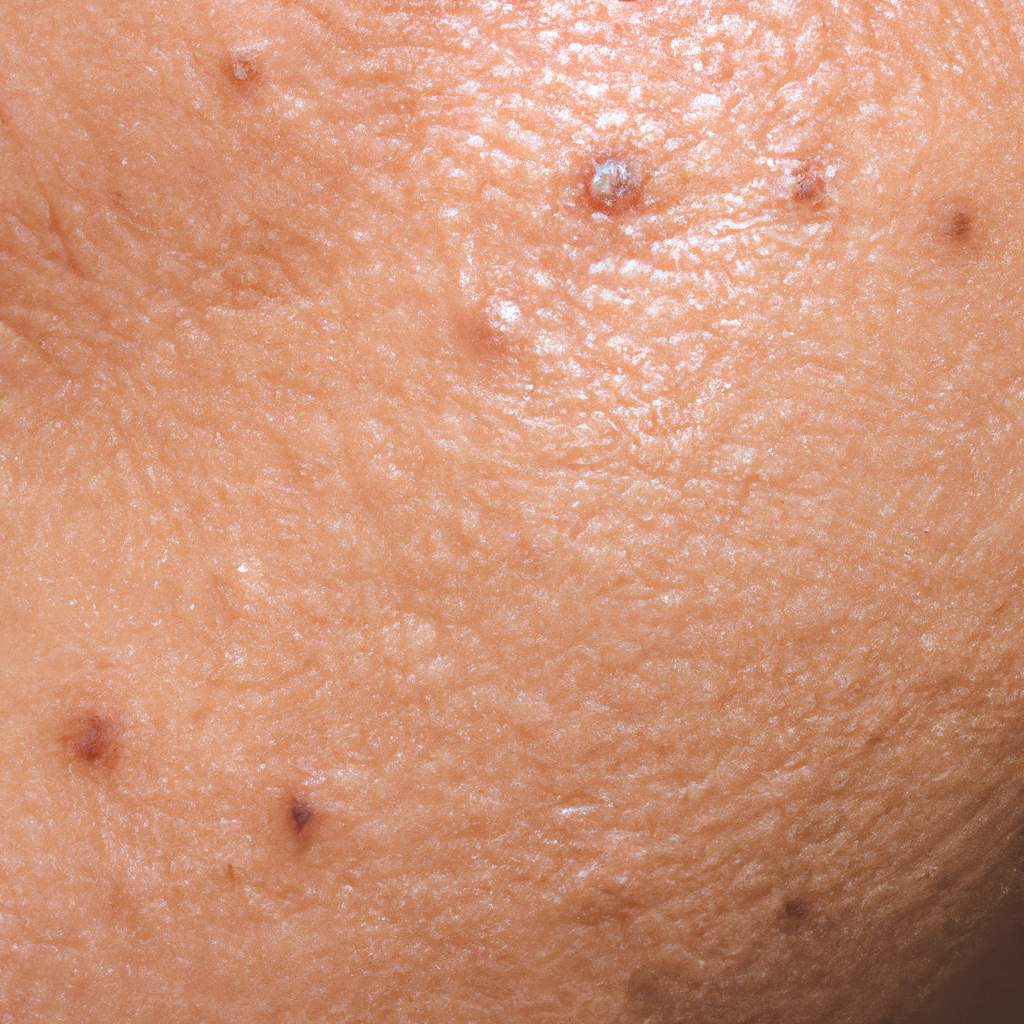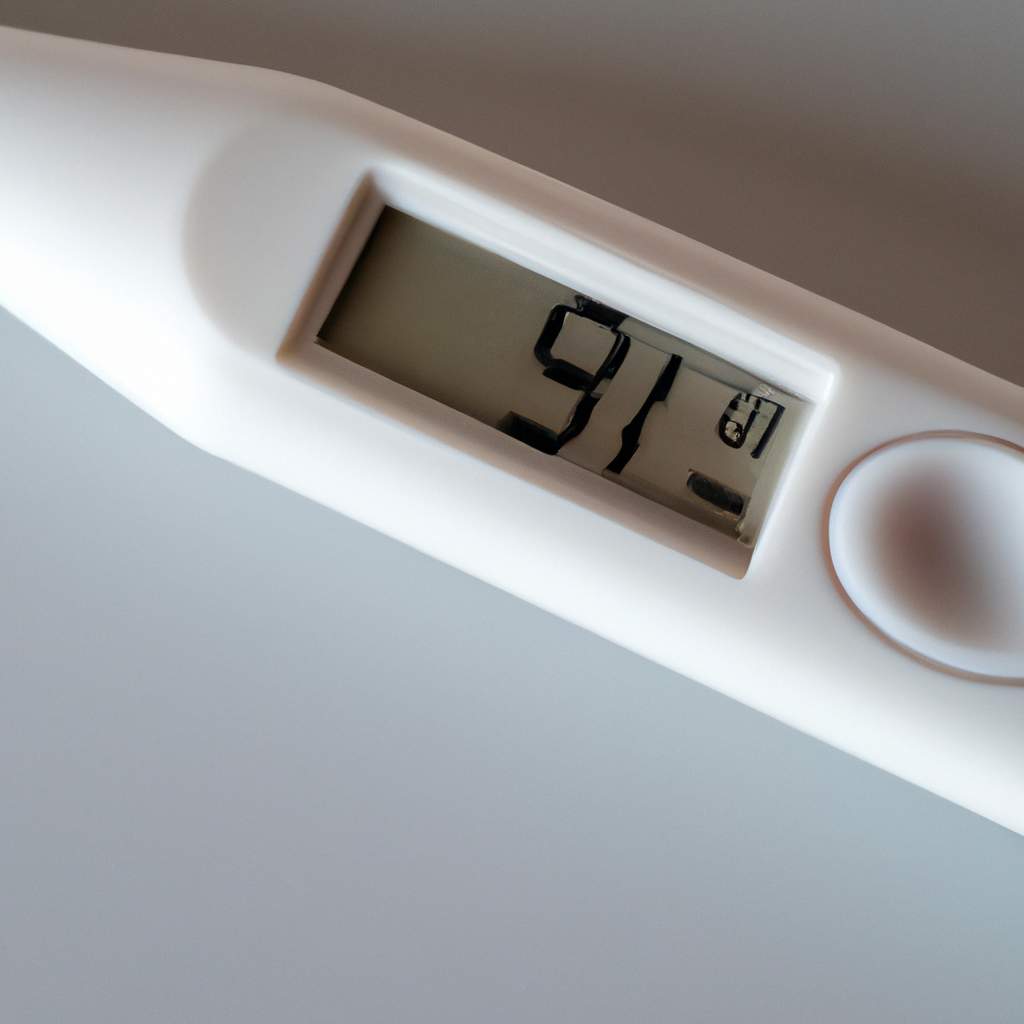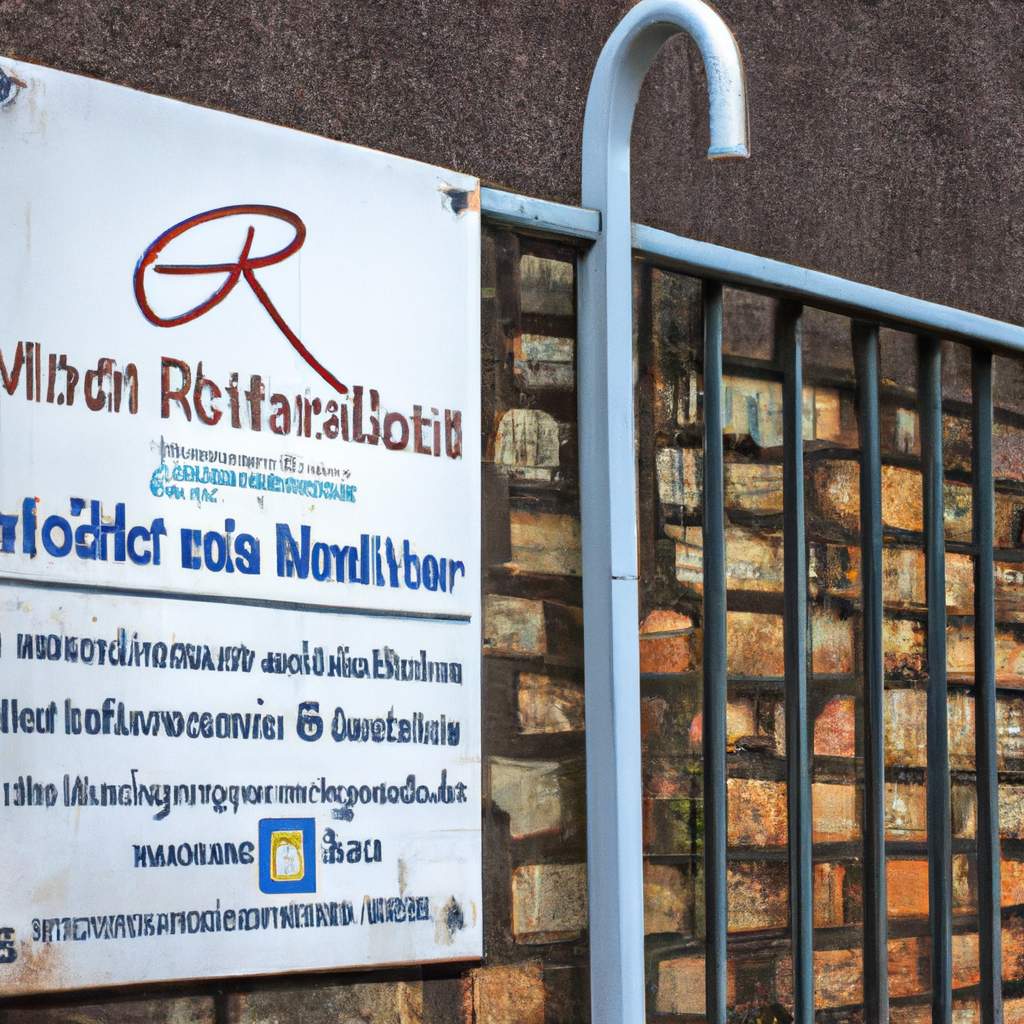Blue light, which has the shortest wavelengths among the visible light spectrum, is emitted by various sources such as the sun, artificial lighting, and digital devices. Smartphones, tablets, computers, and televisions, which are now part of our daily lives, also emit blue light. While our eyes can filter out ultraviolet radiation from the sun effectively, they struggle to block blue light, which often passes through the cornea and lens before reaching the retina.
The Hazards of Blue Light
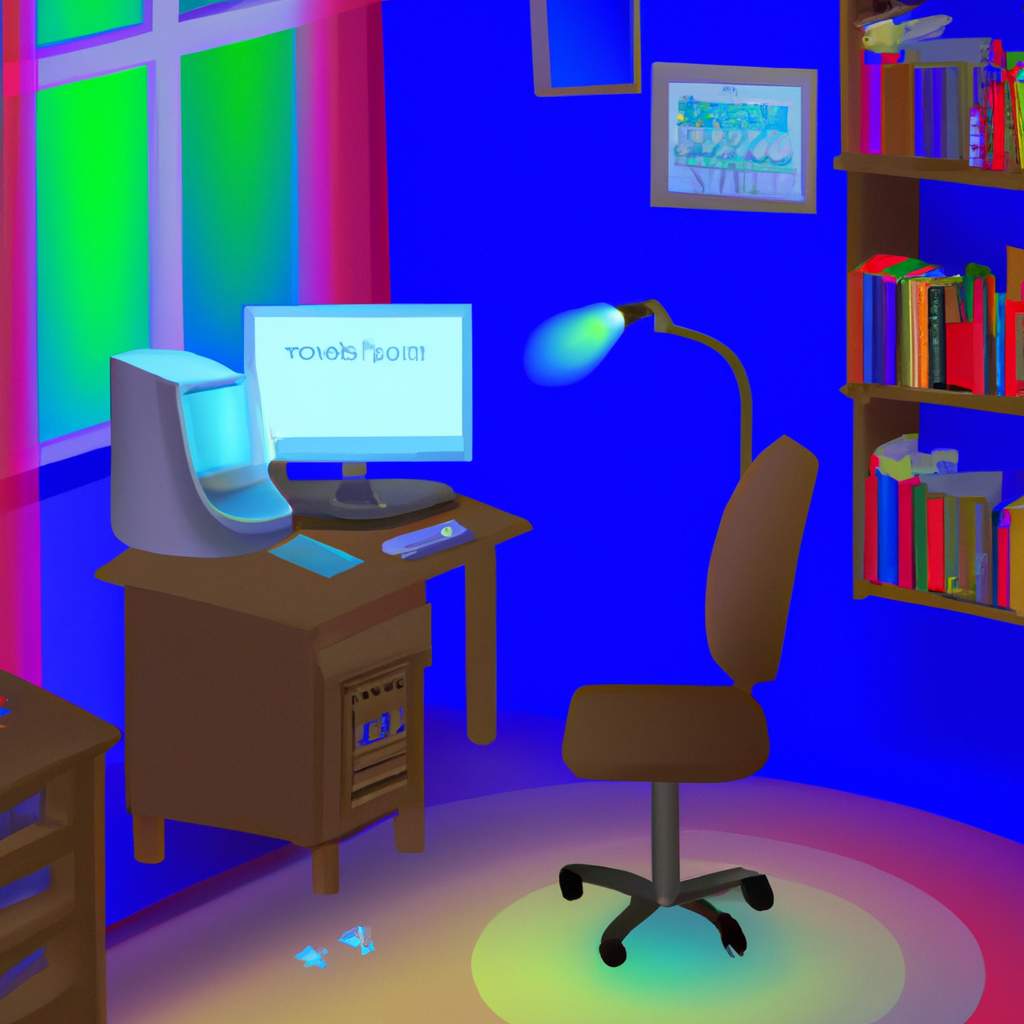
According to a study, prolonged exposure to blue light poses a real problem. Children and adolescents are particularly vulnerable since their eyes are not fully able to filter out this blue light. The intense and acute exposure to LED lights is especially harmful, as it can lead to permanent loss of retinal cells and a decrease in visual clarity. Recent studies also suggest long-term effects related to chronic exposure, even at very low levels. These effects include disruption of biological rhythms, including sleep. This risk undoubtedly applies to illuminated fixtures and backlit screens such as computers.
Precautions to Take
To protect yourself from blue light, it is necessary to use warm-toned bulbs. It is better for children to limit their use of mobile phones, tablets, and computers in the evenings and during the night to prevent any biological disruption. To minimize exposure to blue light, it is essential to limit screen time for children and teenagers. When allowing screen time, it is recommended to use glasses with a blue light filter and ensure that they are at an appropriate distance from the screen. Additionally, adjusting the screen brightness to match the room's lighting is advised. At the end of the day, it is important to turn off all screens to ensure a good night's sleep for children.
